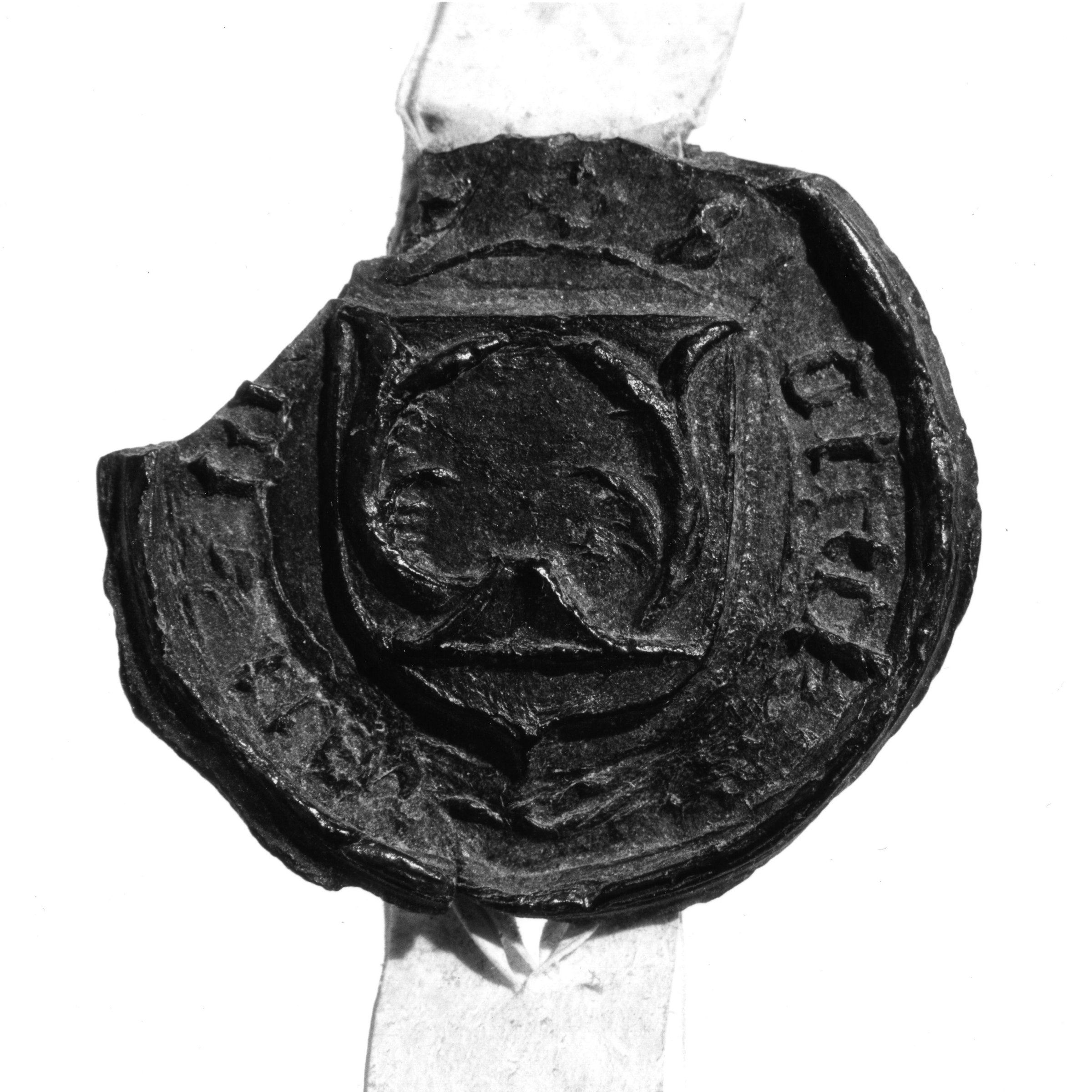|
|
|
|
The oldest generations of the IJsselstein family
The first Beijen's in IJsselstein |
IJsselstein in the pastIn the Middle Ages the town of IJsselstein arose as a settlement close to a castle of the same name nearby the river Hollandse IJssel. For a long time IJsselstein was controlled by members of the noble Van Amstel family. Around 1377 IJsselstein was transferred by marriage to the Van Egmond family.Both the Van Amstels and the Van Egmonds were concerned in the continuous struggle for power  between the counts of Holland and the bishops of Utrecht.
IJsselstein was destroyed several times during the regional wars in those ages. between the counts of Holland and the bishops of Utrecht.
IJsselstein was destroyed several times during the regional wars in those ages.
In 1551 an heiress of the Van Egmonds, Anna van Buren, married Prince William of Orange. Consequently IJsselstein came into the possession of the house of Orange-Nassau. The Oranges ruled the barony of IJsselstein until the formation of the Batavian Republic in 1795. On the right IJsselstein is pictured on a map of the surveyor Jacob van Deventer from about 1560. The little town possessed two gates: the IJssel Gate in the northeast and the Benschop Gate in the southwest. At the northwest side the castle remained. The Lords and Ladies of IJsselstein left the administration for a greater part to their representative (the "drost"), the sheriff and several other leading inhabitants. The mayor, aldermen, and other officials, like churchwardens and superintendants of the hospital, were appointed for one year by the Lord or Lady. Amongst them were, as will appear hereafter, also members of the Beijen family. The alderman Dirck Jansz.The further we go back in time, the more fragmentary the documents. Therefore we know little about the very oldest generations.
The arms showing the pair of deer's antlers unmistakably resemble the arms that can be seen on seals belonging to members of the Beijen family originating from IJsselstein. One of them was Dirck (Jansz.) Beijen, the principal person of the next page, who was an alderman of IJsselstein around 1615.
Most likely the surname Beijen was derived from the first name Beije which is fallen into disuse: "Beije’s son". It is very well possible that Dirck Jansz. sometimes was referred to as Beijen, but that this name was not used in the few charters concerning him which have been left. The second generation: Jan and Herman BeijenIn three IJsselstein charters from 1563 a certain Jan (Dircksz.) Beijen is recorded, and in several charters originating from the period 1553-1563 a Herman Dircksz. Beijen. The charters do not give information about family relationships, but based on their names and their domicile we can assume that Jan and Herman were sons of Dirck Jansz. who was mentioned before. Therefore I have given them at the overview of the members of the oldest generations of the IJsselstein family the numbers 2.1 and 2.2.In the first charter about Jan he was pointed out as Jan Beijen:
|
|
The next page The homepage |
The overview of the site The top of the page |
Searching this website Comments or questions |
 In the National Archives in The Hague I traced several charters of sheriff and aldermen of IJsselstein dating from 1530 and 1531 in which something special caught my attention. In one charter of February 2, 1530, a certain
In the National Archives in The Hague I traced several charters of sheriff and aldermen of IJsselstein dating from 1530 and 1531 in which something special caught my attention. In one charter of February 2, 1530, a certain 
